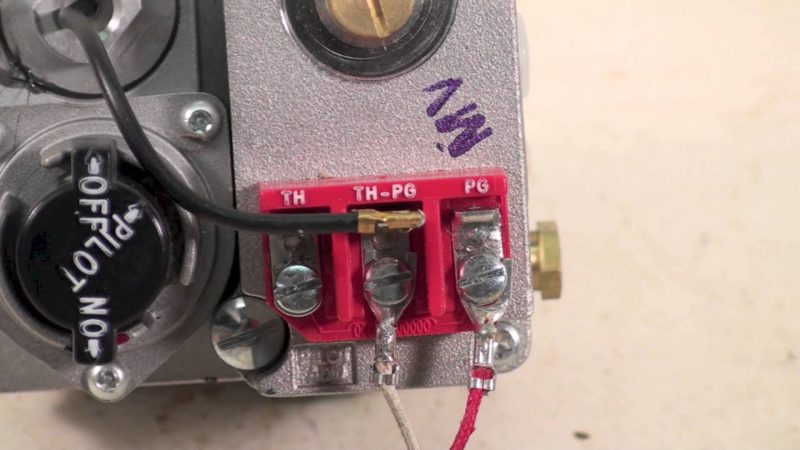Get Tech Tips
Subscribe to free tech tips.
Laws of Energy and Matter

It's always good to reaffirm some of the basics of energy, work, and matter, as these five rules are some of the most basic and important.
The First Law of Thermodynamics
States that energy cannot be created or destroyed. It can only change forms or be transferred from one object to another.

If you'd like to learn more about the math and HVAC/R applications of the first law of thermodynamics, please check out this article here.
The Second Law of Thermodynamics
Energy cannot be created or destroyed, but it can change from more useful forms into less useful forms. As it turns out, in every real-world energy transfer or transformation, some amount of energy is converted to an unusable form (unavailable to do work). In most cases, this unusable energy takes the form of heat.

If you'd like to learn more about the math and HVAC/R applications of the second law of thermodynamics, please check out this article here.
ESCO Institute's HVACR Learning Network also has two free webinar courses about thermodynamics in HVAC/R. Those courses go a bit deeper into theory and application than this article, and you can receive NATE credits for completing them:
- Thermodynamics: The Study of Heat and Heat Transfer Part 1
- Thermodynamics: The Study of Heat and Heat Transfer Part 2
Newton's 1st Law
An object in motion will remain in motion unless acted upon by an external force.
- An object that is at rest will stay at rest unless a force acts upon it.
- An object that is in motion will not change its velocity unless a force acts upon it.
Newton's 2nd Law
Acceleration is produced when a force acts on a mass, and the change varies by the mass of the two objects. In layman's terms, if I hit you in the head with a bowling ball, it would hurt a lot more than a bag of feathers, even if they were going the same speed. This rule establishes a relationship between acceleration and mass.
Newton's 3rd Law
For every action, there is an equal and opposite reaction.
In practice, these rules teach us things like
- It requires a transfer of energy to move things
- It requires a transfer of energy to stop things
- It requires more energy to move heavier things than lighter things
- Every time something moves in one direction, there is an equal force pushing in the other direction
If you would like to learn more about Sir Isaac Newton and his laws of motion, please check out our article about him and his theoretical contributions to the HVAC industry.
These are all fundamentals that help us to be really clear on things like
- There is no magic energy that we can “create” from nothing. Most of the energy we experience on Earth started from the sun and then got stored in plants, animals, and in the very “stuff” that makes up the Earth itself.
- To get something moving that isn't moving or redirect motion, we need to input energy from somewhere.
- The mass of an object impacts the amount of energy it takes to move it and the amount of energy it takes to stop it from moving.
These ideas apply to big objects like a boulder rolling down a hill and to really small objects like molecules moving around inside a glass of water or the air moving around in the room you are in.
The 4 HVAC/R Rules
For the sake of practicality, let's look at four simplified rules that can help you envision and diagnose the movement of heat and matter. Before we start, let's look at one big idea:
Nature seeks balance. The greater the imbalance, the greater the forces nature will apply to return to a balanced state.
While that may not be a scientific way of saying it, that big idea explains everything from flowing rivers to hurricanes to avalanches to forest fires. It also applies to simple things like why an ice cube melts in your hand or why more sweat soaks your clothes in a humid environment than in the deserts of Arizona.
So, here are the four simplified rules:
- Hot goes to cold. (Heat flows from higher temperature objects to lower temperature objects. HERE is an HVACR Learning Network course about the basics of temperature.)
- High pressure goes to low pressure. (Fluids move from higher-pressure areas to areas of lower pressure. HERE is an HVACR Learning Network course about the basics of pressure.)
- High voltage goes to low voltage. (Electrical current moves from areas of high charge concentration to low charge concentration, also known as potential.)
- High humidity goes to low humidity. (Water vapor in the air moves from higher concentration to lower concentration.)
We see all of these forces at play every day in HVAC/R work. We manipulate and control them to accomplish the movement of fluids (air/refrigerant/water), the movement of heat from one place to another, and ultimately control over the spaces we are trying to make comfortable or the products we are attempting to cool, heat, or control humidity in.
—Bryan










Comments
Thanks. This is a very good review of basic laws related to energy.
Thanks. This is a very good review of basic laws related to energy.
To leave a comment, you need to log in.
Log In